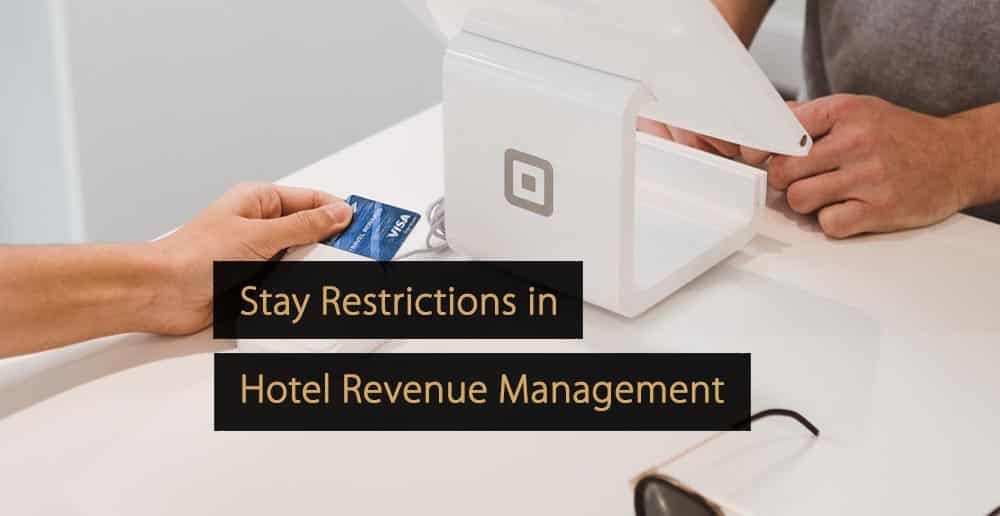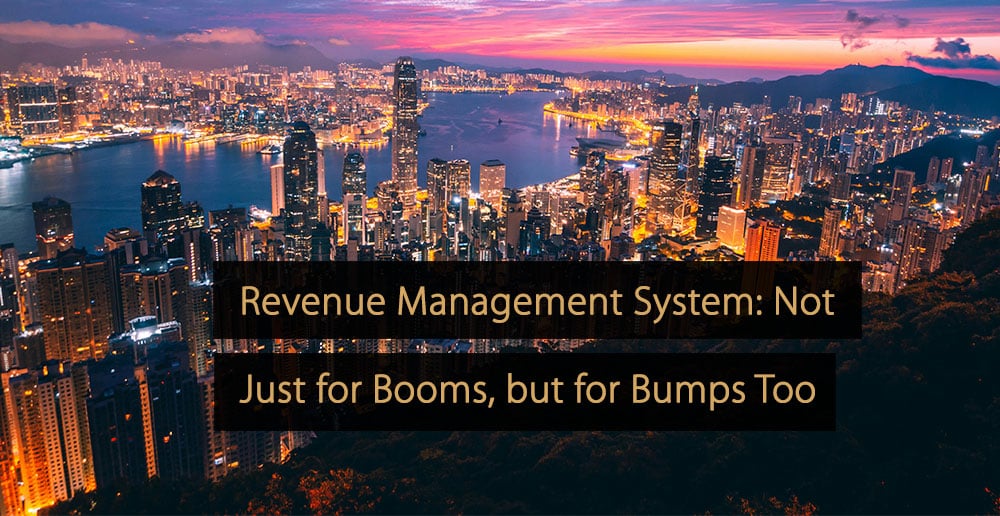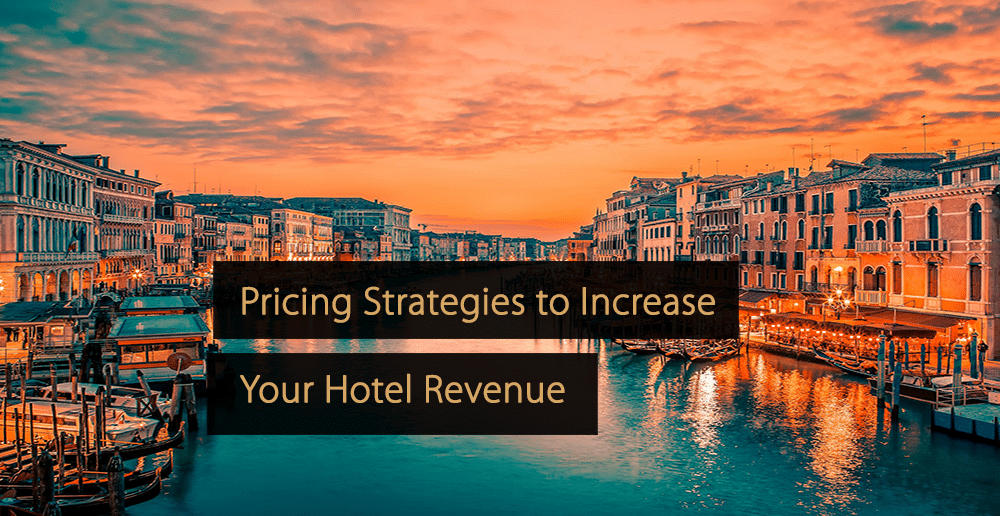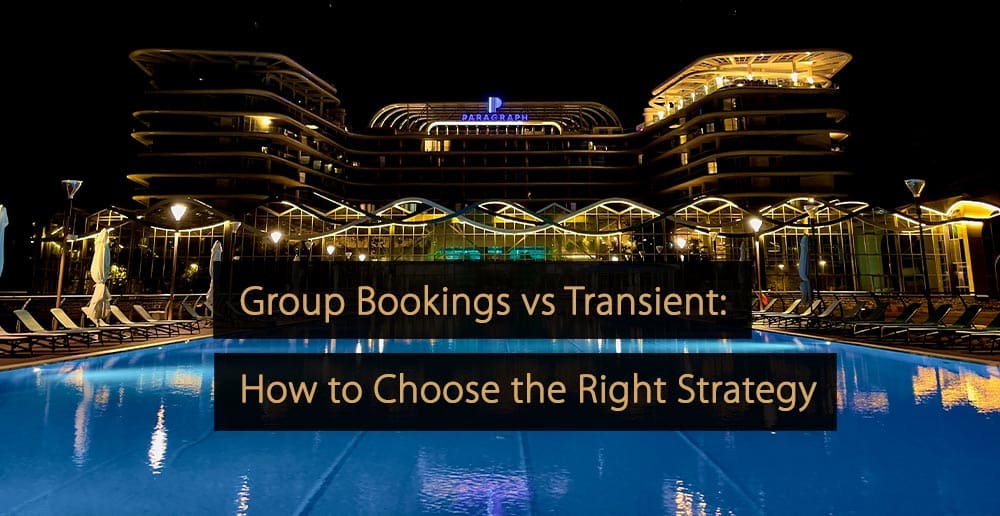Restricting your guests’ ability to book the stay dates they want may not sound like the best idea initially. But depending on your hotel, audience, and market situation, stay controls can be a vital revenue management tool.
On top of driving reservations on slower days, they can increase revenue, reduce turnover and drive profitability. Read on below to discover more about using stay controls to improve your property’s results.
How Restriction Management Works at Hotels
Restriction management lets you set controls determining which bookings you take for specific dates and/or rate codes.
For instance, you may only open some rates during a certain holiday or your autumn off-season. Or you might influence how long guests book for during high- or low-demand times. Combine both approaches for your various rate codes and demand phases for the optimal outcome.
Depending on your tech set-up, you can manage your controls in your RMS, PMS, or both. But since you want to keep an overview easily, pick only one tool for this job and stick with it.
The Importance of Stay Controls
Restrictions are a proven way to generate bookings and get the most out of your inventory. For example, they can help you reach full occupancy before, during, and after peak demand dates, such as trade fairs or other multi-day events. On top of that, they let you regulate exactly when your special offers are available, so you never miss out on revenue during busy periods. If you use them right, controls can even increase your average length of stay and bring in more reservations during slower periods.
Now, let’s review some of the most commonly used stay controls.
4 Ways to Use Restriction Management
There are several ways to manage your guests’ arrival dates and stay lengths. Your hotel type, target audience, and current travel trends determine which combination of approaches will work best for you.
Keep one thing in mind though: the simpler your restriction setup, the better. This makes tracking, controlling, and updating your controls easier.
1. Minimum Length of Stay – MinLOS
Guests who want to book an arrival on one of these dates have to reserve for a set minimum stay length. Especially during peak demand days, this has several benefits.
- No unsold rooms during high-demand times: if a guest only books for the first days of a multi-day fair, it won’t be easy to sell the room at your top rate for the event’s remainder. Using MinLOS helps you avoid this issue and maximize bookings.
- More bookings on low-demand shoulder days: the right offer can entice guests to tack on a day or two before or after their trip, thus giving your extra occupancy or historically slower dates.
- Longer stays, less turnover: this reduces the burden on your team since stayover rooms require less attention from housekeeping. Having more long stays and fewer arrivals/departures also cuts back work at the front desk. That can reduce staffing costs and increase overall profitability in the long run.
- Increased guest loyalty and spending: every extra night a guest spends at your hotel gives you a new chance to offer them your fantastic service. Longer stays also create additional opportunities to drive ancillary revenue from departments like F&B, the spa, or recreation.
2. Minimum Price
Setting a hurdle rate is a good way to protect your RevPAR on peak demand days. That means using a minimum price restriction to ensure bookings can’t come in at a rate below the amount you pre-determined. This rate restriction gives you more control over when you sell which rate, which allows you to maximize your revenue and profitability.
3. Maximum Length of Stay – MaxLOS
Allowing bookings only to cover a fixed number of nights can protect your hotel against phony bookings from untrustworthy sources. Of course, that’s important, but if you’re not careful with this control, you might unintentionally turn away legitimate extended stay requests.
A way to use MaxLOS to drive business is to use it for special off-season deals. For example, create an attractive package for digital nomads that’s only valid for a certain number of days during your quiet phases.
4. Closed to Arrival – CTA
While guests can’t check in on a CTA date, they can still stay through it. This restriction works great for offers you only want to sell on certain dates and without spilling over into your busy phases, a mid-week getaway that guests can only book Monday through Wednesday, for example.
Some resorts or long-term rentals also use it to manage when travelers check in and out. They may only allow weekend check-ins to create a predictable workflow and maintain maximum control over their inventory.
How to Use Stay Restrictions to Get Better Results at Your Hotel
Follow these five easy steps to make the most of stay controls at your property:
- Understand demand in your market: look at historical performance and future-facing demand data to know when to expect demand surges. Then think about which restrictions could help you maximize business on those days.
- Find promising shoulder dates: find peak periods where you have an opportunity to drive extra bookings before or after. Next, consider which controls could work for the audience you’ll be targeting.
- Examine your off-seasons: check future-facing demand data for your off-seasons to see where you could use restrictions to drive business.
- Test your restrictions: use test bookings to find any errors in your set-up and avoid losing revenue by accidentally blocking reservations or allowing low-rate bookings on peak dates.
- Analyze your results and update your settings: look at your performance to find areas where you can improve and try new restrictions. That will help you find the optimal set-up for your hotel and maximize your results.
Managing Stay Controls the Modern Way
Restriction management can involve a lot of manual work. That includes everything from data collection and analysis to setting and optimizing your controls. Consequently, you may not always be able to update your stay restrictions in time to reflect new trends, which means you’re not reaching your full revenue potential.
A new development in hotel tech means this is finally changing. Top RMS providers now offer real-time recommendations for restrictions along with rate suggestions.
This saves you valuable time since you no longer have to manually collect, collate and analyze market data when setting new restrictions. The system can now handle that for you. It gathers and evaluates the latest demand information, booking pace, market shifts, and other data points to suggest the optimal restriction set-up for your hotel according to the current demand landscape.
That way, you can take revenue and occupancy maximization to a new level and drive profitability without spending extra time and effort.
Free Calculator: Revenue Management System ROI Calculator
With this revenue calculator, you discover how much revenue uplift a revenue management system can generate for your hotel. By answering a few short questions, the revenue calculator shows your hotel’s revenue potential within a few minutes.
Click here for the “Revenue Management System – Return on Investment Calculator”.
More Tips to Grow Your Business
Revfine.com is the leading knowledge platform for the hospitality and travel industry. Professionals use our insights, strategies, and actionable tips to get inspired, optimize revenue, innovate processes, and improve customer experience.Explore expert advice on management, marketing, revenue management, operations, software, and technology in our dedicated Hotel, Hospitality, and Travel & Tourism categories.








Leave A Comment